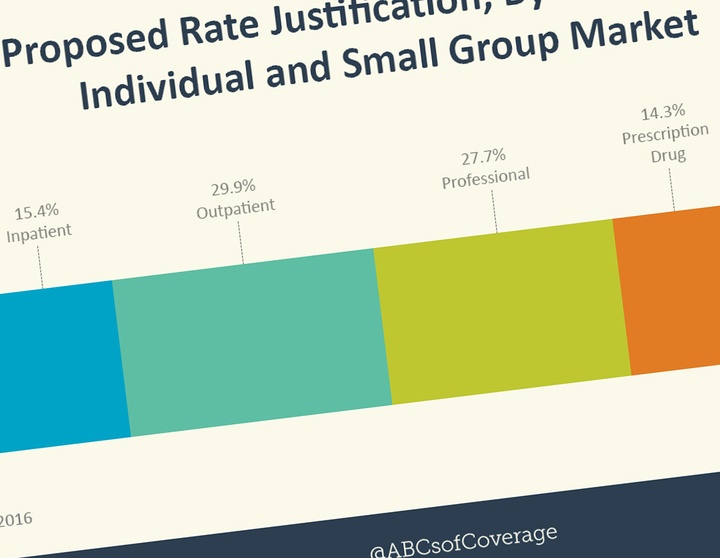Despite recent headlines, U.S. spending on prescription medicines continues to decline. In fact, new data from Altarum Institute found that spending on prescription medicines grew by just 3.9 percent between July 2015 and July 2016 – the lowest level in three years. It’s a dramatic decline from the 8.5 percent increase that Altarum reported last year and the 12.5 percent annual increase the year before that.
But this hasn’t stopped health insurers from continuing to argue that prescription drug costs are fueling rising health insurance premiums. Now, some consumer groups are starting to question these claims. According to a new story published on California Healthline, the advocacy group Consumers Union says two insurance companies in California “may be exploiting the outrage over high drug prices to artificially inflate their premiums for individual coverage.” Dena Mendelsohn, a staff attorney at Consumers Union in San Francisco, was more direct, saying “pharmaceutical expenses may be the factor most open to exploitation by health plans searching for a Trojan horse with which to usher in excessively priced insurance rates.”
Consumers have reason to be skeptical. Avalere Health recently looked at 2017 proposed health insurance premium increases. Their analysis found that, as in 2016, insurers’ own data point to outpatient spending as the largest expected driver of premium increases in 2017. The key takeaway: Hospital spending – inpatient and outpatient – accounts for nearly half (45.3 percent) of projected rate increases.
“Preliminary data indicate that drugs are not likely to have a disproportionate impact on premiums in 2017,” Avalere said, highlighting that outpatient spending continues to drive premiums (representing 29.9 percent of increases).

Read more about how the competitive marketplace for medicines helps control costs and fosters the development of tomorrow’s cures at PhRMA.org/Cost.




